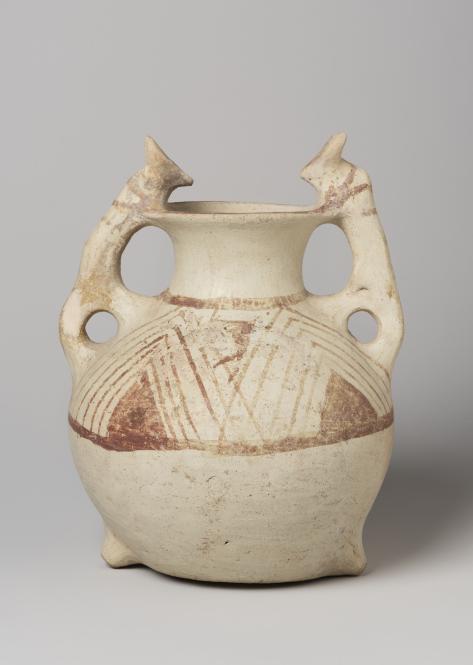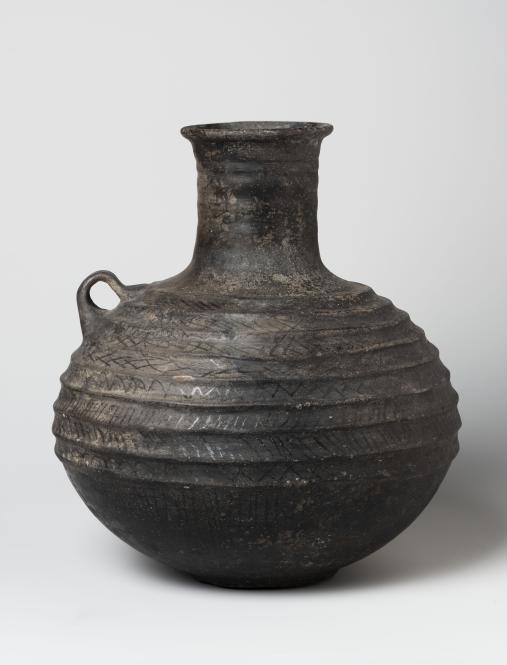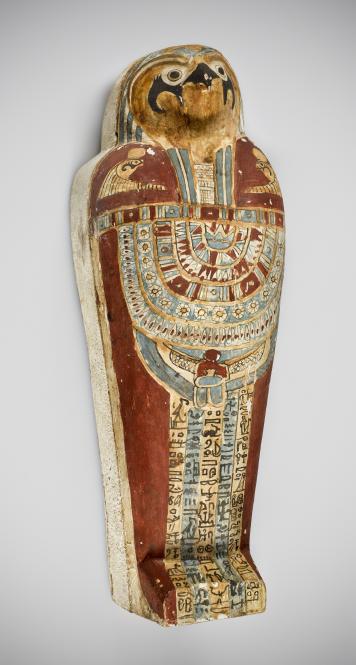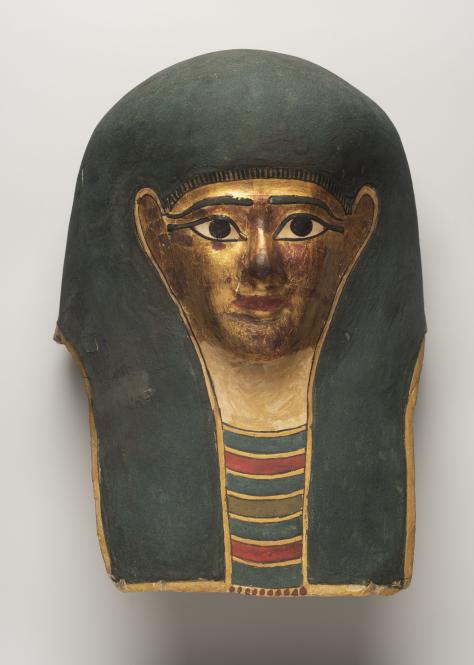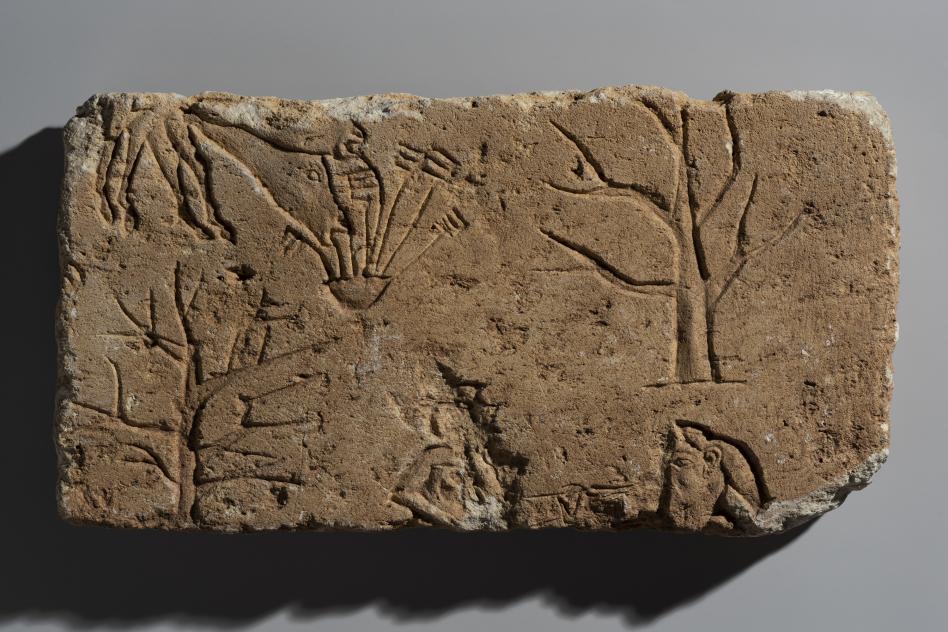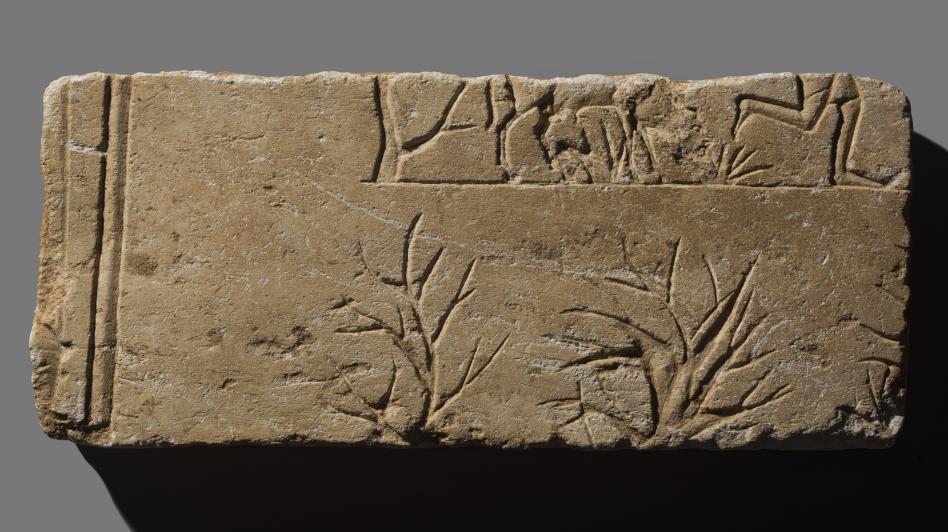2015.65.4
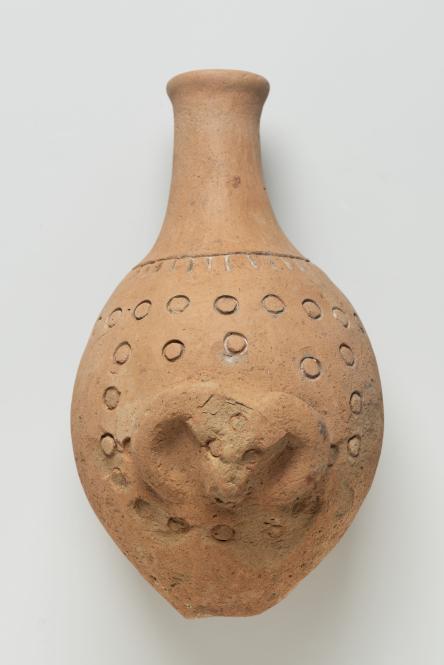
Object Title
Bottle with Ram or Buffalo Head
Measurements
8 3/8 x Diam. 5 3/16 in. (21.3 x 13.1 cm)
Creation Date
3rd-7th century C.E.
Credit Line
Gift of the Arthur M. Sackler Foundation, NYC, in memory of James F. Romano
Museum Name
Museum Contact
meghan.bill@brooklynmuseum.org
Culture
Country of Origin
Object Type
Materials / Techniques
Object URL
https://www.brooklynmuseum.org/opencollection/objects/218246
Museum's Definition of Antiquity
Ancient Near East (end of Sasanian Era, 644 C.E.)
Provenance Information
Archaeological provenance not yet documented; by at least December 9, 1970, least in the possession of Farhadi & Anavian, New York (#255); on December 9, 1970acquired by Arthur M. Sackler Collections; title transferred to Else Sackler; on January 29, 1997, title transferred to The Arthur M. Sackler Foundation.
Exhibition Information
No known exhibition history.
Publication Information
Trudy S. Kawami, “Ancient Iranian Ceramics from The Arthur M. Sackler Collections,” (New York: The Arthur M. Sackler Foundation, 1992), cat. no. 171, p. 227.
Section of the AAMD Guidelines relied upon for the exception to 1970
Informed judgement that works were outside of the country of modern discovery before 1970
Explain why the object fits the exception set forth above
By at least December 9, 1970, in the collection of Farhadi and Anavian (inventory number 255) in New York City before entering Dr. Arthur M. Sackler’s collection.
